Unleashing The Hunters: A Journey Through the History of Wild Weasels
With the current status quo in Ukraine, and plenty of recent talk around the F-16 and it’s suitability for use in the current conflict, today we’ll take a historical look at the suppression of enemy air defense or SEAD missions in western doctrine. Known as Wild Weasel’s, this is a story of risk, innovation and an evolution of air power using cutting edge tactics and support.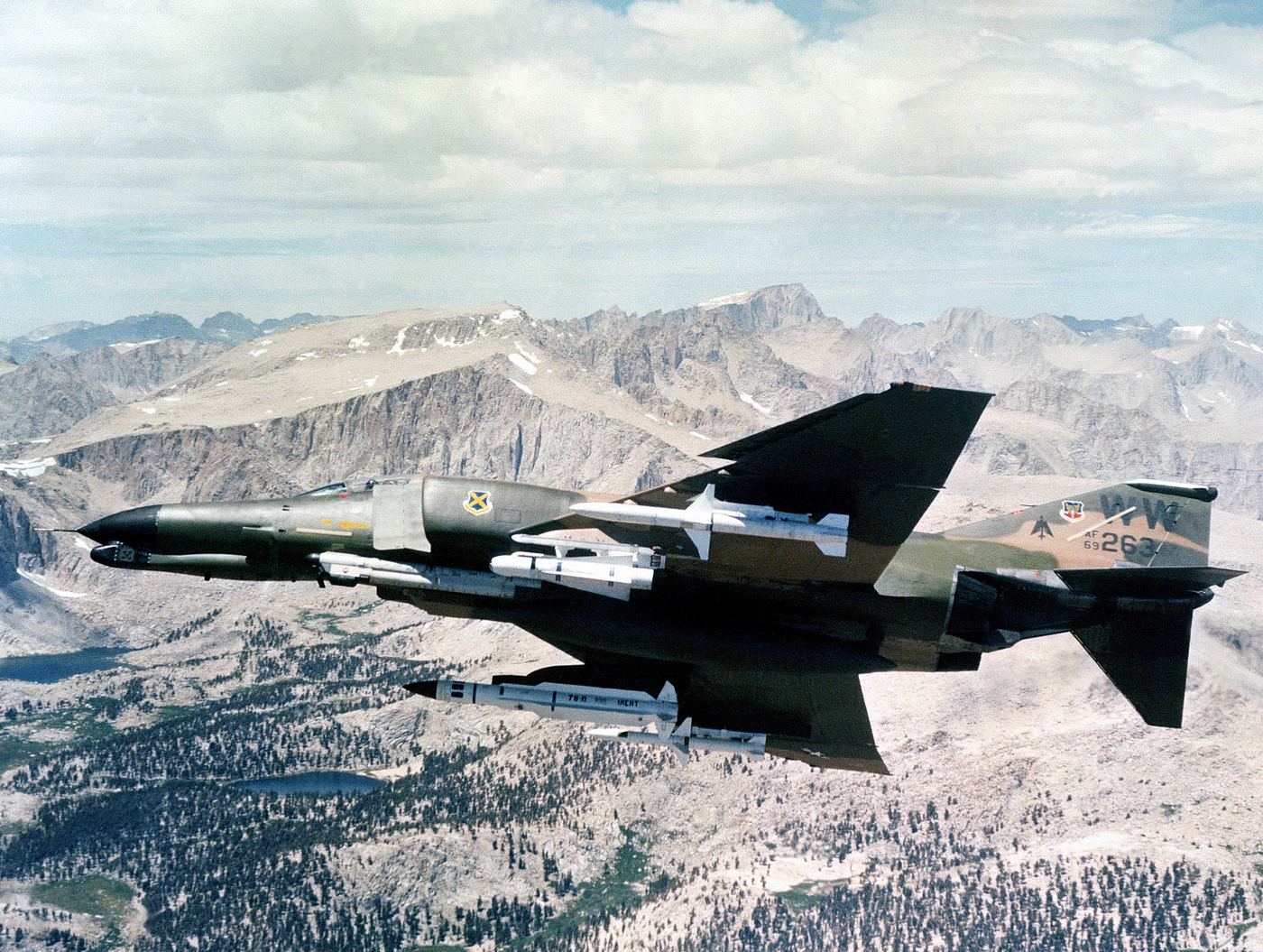 F-4G Wild Weasel. Carrying L-R, AGM-88 Harm, AGM-65 Maverick, ALQ-199 ECM pod, AGM-78 Standard & AGM-45 Shrike. Source: Wikipedia
F-4G Wild Weasel. Carrying L-R, AGM-88 Harm, AGM-65 Maverick, ALQ-199 ECM pod, AGM-78 Standard & AGM-45 Shrike. Source: Wikipedia
Origins and Early Days:
The concept of the Wild Weasels emerged during the Vietnam War, as the USAF faced the formidable challenge of enemy air defenses, particularly newly deployed surface-to-air missiles (SAMs). These missiles posed a significant threat to American aircraft, and a solution was urgently needed. In response, the USAF formed dedicated squadrons comprising F-100F Super Sabres equipped with radar detection systems, tasked with locating and suppressing SAM sites. Since this time, the program has evolved, with new aircraft, weapons and tactics being used to better refine the processes and platforms. Let’s take a quick look at some of the air frames that have been used over the years.
The F-100F Super Sabre:
The F-100F Super Sabre, designated as the Wild Weasel I, became the inaugural aircraft employed in this SEAD role. Equipped with specialized electronic countermeasures (ECM) and radar detection systems, the F-100F could detect and locate enemy radar emissions. Upon detecting a SAM site, the Wild Weasels would direct strike aircraft to neutralize the threat or directly engage the enemy defenses themselves.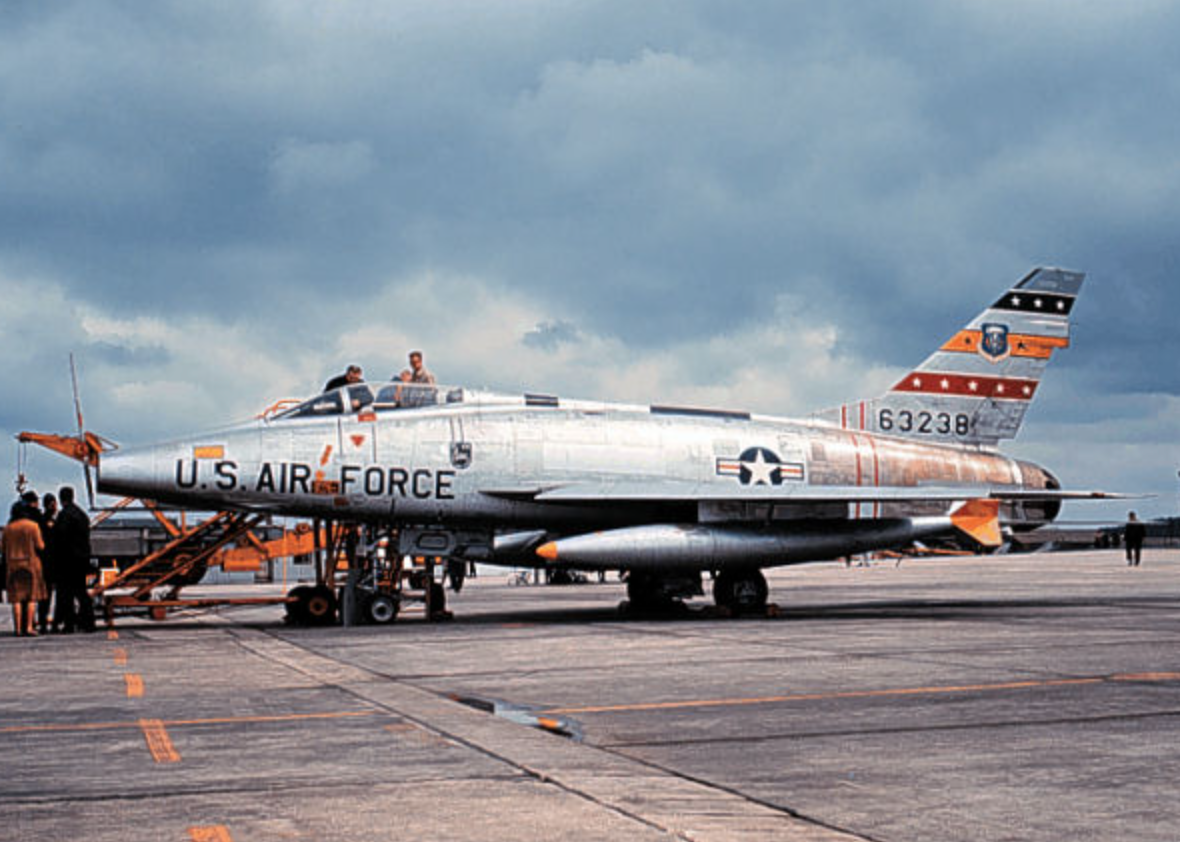 F-100 Super Sabre. Source: Wikipedia
F-100 Super Sabre. Source: Wikipedia
The F-105 Thunderchief:
As the conflict in Vietnam intensified, the F-100F Super Sabre gave way to the more capable F-105 Thunderchief, also known as the Wild Weasel II. The F-105 Thunderchief carried advanced radar homing missiles, such as the AGM-45 Shrike, enabling them to destroy enemy SAM sites from a safer distance. These aircraft incorporated improved ECM systems, making them more adept at evading enemy radar tracking.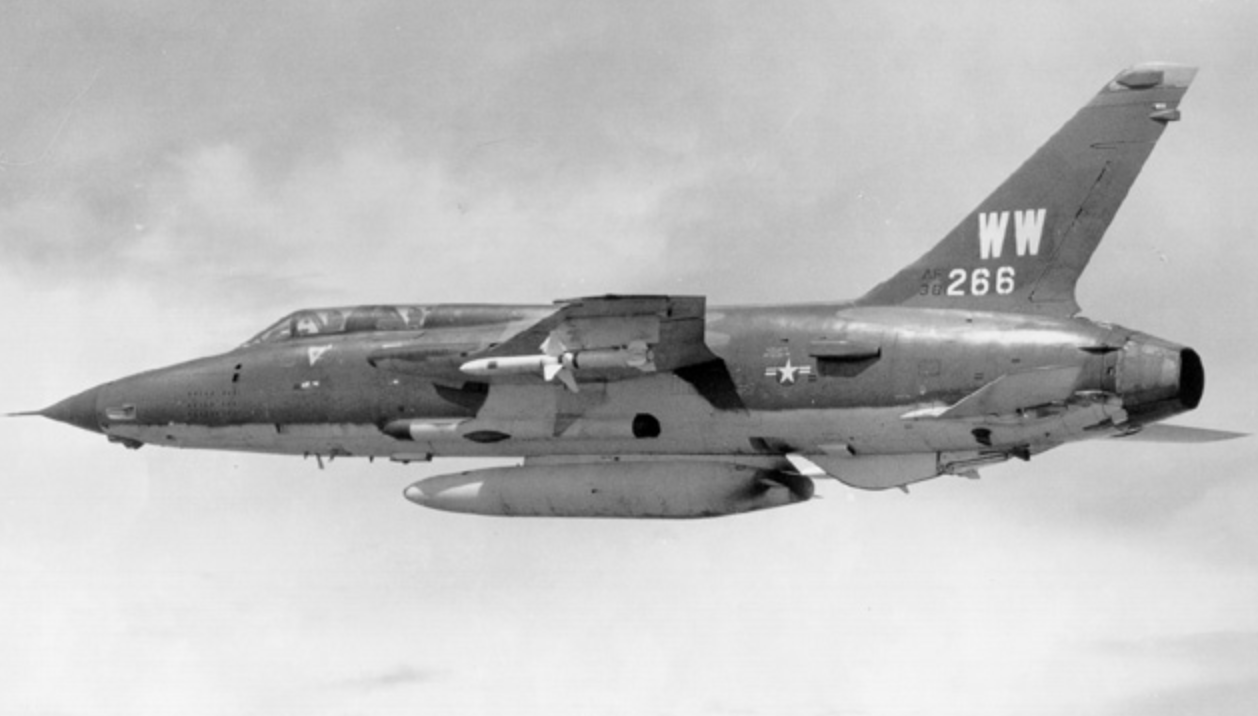 F-105 Thunderchief. The AGM-45 Shrike was the anti radar weapon of choice for the Thud
F-105 Thunderchief. The AGM-45 Shrike was the anti radar weapon of choice for the Thud
The F-4G Phantom II:
With the introduction of more advanced Soviet SAM systems, the USAF recognized the need for even more capable Wild Weasel aircraft. This led to the development of the F-4G Phantom II, also known as the Wild Weasel IV. Equipped with an array of sensors and a comprehensive suite of electronic warfare equipment, including the AGM-88 High-Speed Anti-Radiation Missile (HARM), the F-4G became a formidable adversary to enemy air defenses and was used to great effect during the first Gulf War.
Modern-Day Wild Weasels:
As technology continued to advance, so did the capabilities of the Wild Weasel aircraft. The F-16 Fighting Falcon, modified to the Wild Weasel V configuration, became the latest addition to the lineage. The F-16 Wild Weasels employ state-of-the-art sensors, jammers, and the AGM-88 HARM missile, enabling them to locate and neutralize enemy radar and missile threats with remarkable precision and efficiency.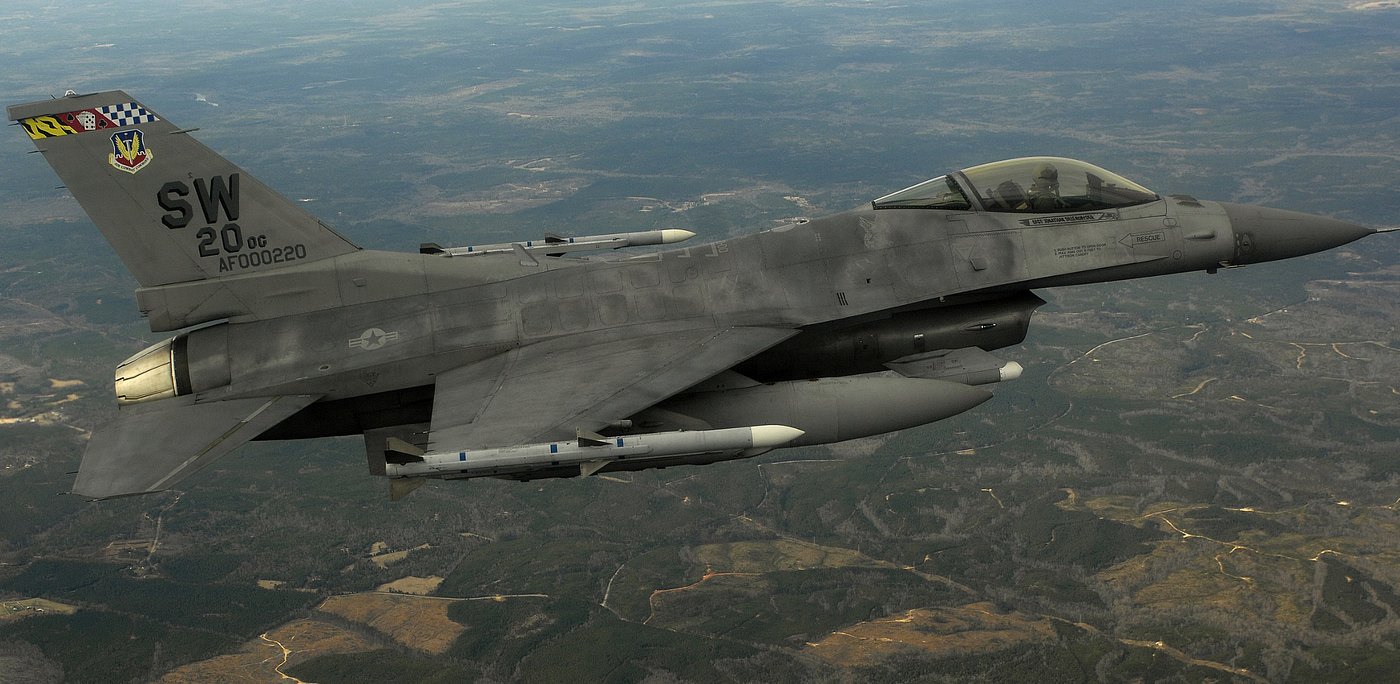 4th Gen F-16CJ Source: Wikipedia
4th Gen F-16CJ Source: Wikipedia
Beyond Aircraft: The Evolution of SEAD Tactics.
Throughout its history, the Wild Weasel community not only evolved technologically but also developed innovative tactics. They employed electronic deception, decoys, and complex mission planning to confuse and divert enemy air defenses. They also worked closely with other aircraft, such as electronic warfare platforms and strike fighters, in coordinated SEAD operations, further enhancing their effectiveness.
Whilst the weapons used by early weasel’s were simplistic, technology has evolved to give us stealthier airframes, better offensive electronics and the ability to provide a better electronic picture of the battle space. This means that the inventory of weapons used has evolved over the years, to now include the latest array of anti radar missiles, including the AGM-88 AARGMER. We’ve included a cutscene from the classic movie “Flight of the Intruder” that talks about the earlier model shrike, and it’s ability to follow a signal, even if it stops transmitting during the attack. Later evolution’s of the more modern AGM-88 include this same feature. During the first Gulf war, US pilots recalled instances where transmitting the brevity code “Magnum” which indicated an AGM-88 launch was enough to shut ground based air defense transmitters down, lest they receive an inbound missile for their troubles.
EW and ECM:
Whilst we’ve talked earlier about Electronic Warfare in other articles, it’s impossible to produce an article that talks about SEAD without touching on the importance of Electronic Warfare and Electronic Counter Measures. As an outside analyst however, it’s also quite difficult to go to deep due to the classification and importance of these systems and tactics. We can talk about a few things that are more commonly known though.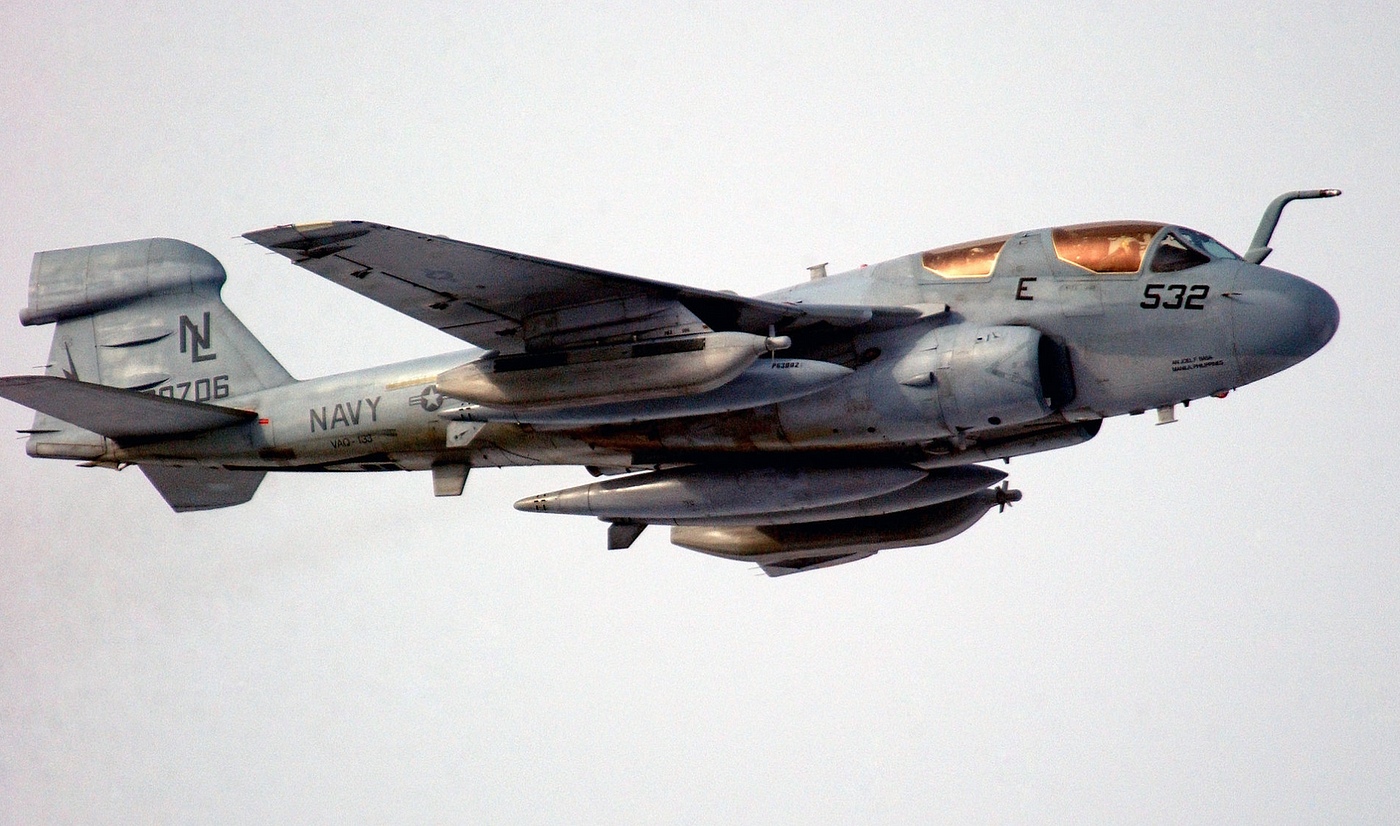 Cold War Era EA-6B Prowler. Note the gold canopy to assist in deflect radio emissions from the jammer away from the crew area. Source: Wikipedia.
Cold War Era EA-6B Prowler. Note the gold canopy to assist in deflect radio emissions from the jammer away from the crew area. Source: Wikipedia.
Firstly, using dedicated EW aircraft comes with distinct benefits. While the Cold War EW icon is the EA-6B Prowler, the evolution in technology and automation has allowed the Prowlers 4 seat crew to shrink to the size of a 2 seat fighter, resulting in the EA-18 Growler. This evolution of the multi role F/A-18 Super Hornet carries stand alone Jamming Pods and a dedicated software suite allowing it to locate and classify electronic emitters of interest, including allegedly mobile phones.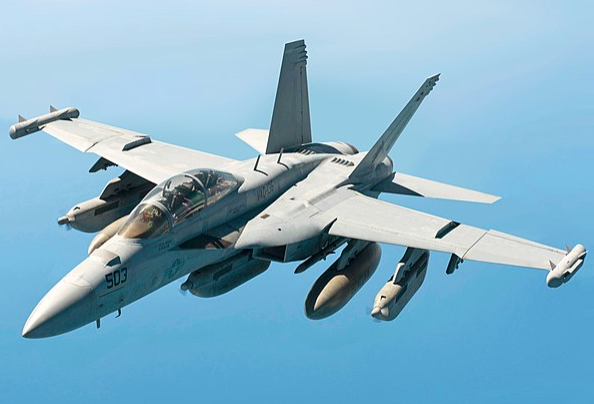 The evolved EA-18G Growler. Carrying AN/ALQ-199 under wing and AN/ALQ-218 on the wing tips. Source: Wikipedia
The evolved EA-18G Growler. Carrying AN/ALQ-199 under wing and AN/ALQ-218 on the wing tips. Source: Wikipedia
This ability to track and geo locate systems give the Growler an edge in being able to operate dynamically within an area, locating and classifying emitters of interest before either attacking them with onboard weapons or passing them along the kill chain. This means weapons are able to be cued via datalink, allowing the growler to play the spotter while another asset is the shooter. While SEAD missions are often conducted with 4th generation platforms, the evolution of stealthy air frames such as the F-35A gives an additional edge when looking at how to defeat integrated air defense systems. It’s also expected that the growlers tactics will evolve more efficiently with the introduction of the next generation jamming pod, providing a system that has been designed to be used around the Growler platform. Early iterations of the growler used the same AN-ALQ199 jamming pod found on the cold war era Prowler. The result of this meant that the Growler was in dire need of it’s own system. Next Gen Jammer pod’s work in two separate parts of the EMR spectrum with Low Band and High Band systems under design. The usage of modern technologies such as AESA gives next gen jammer pods the ability to provide more targeted jamming, with a higher power output than the 80’s era technology used previously.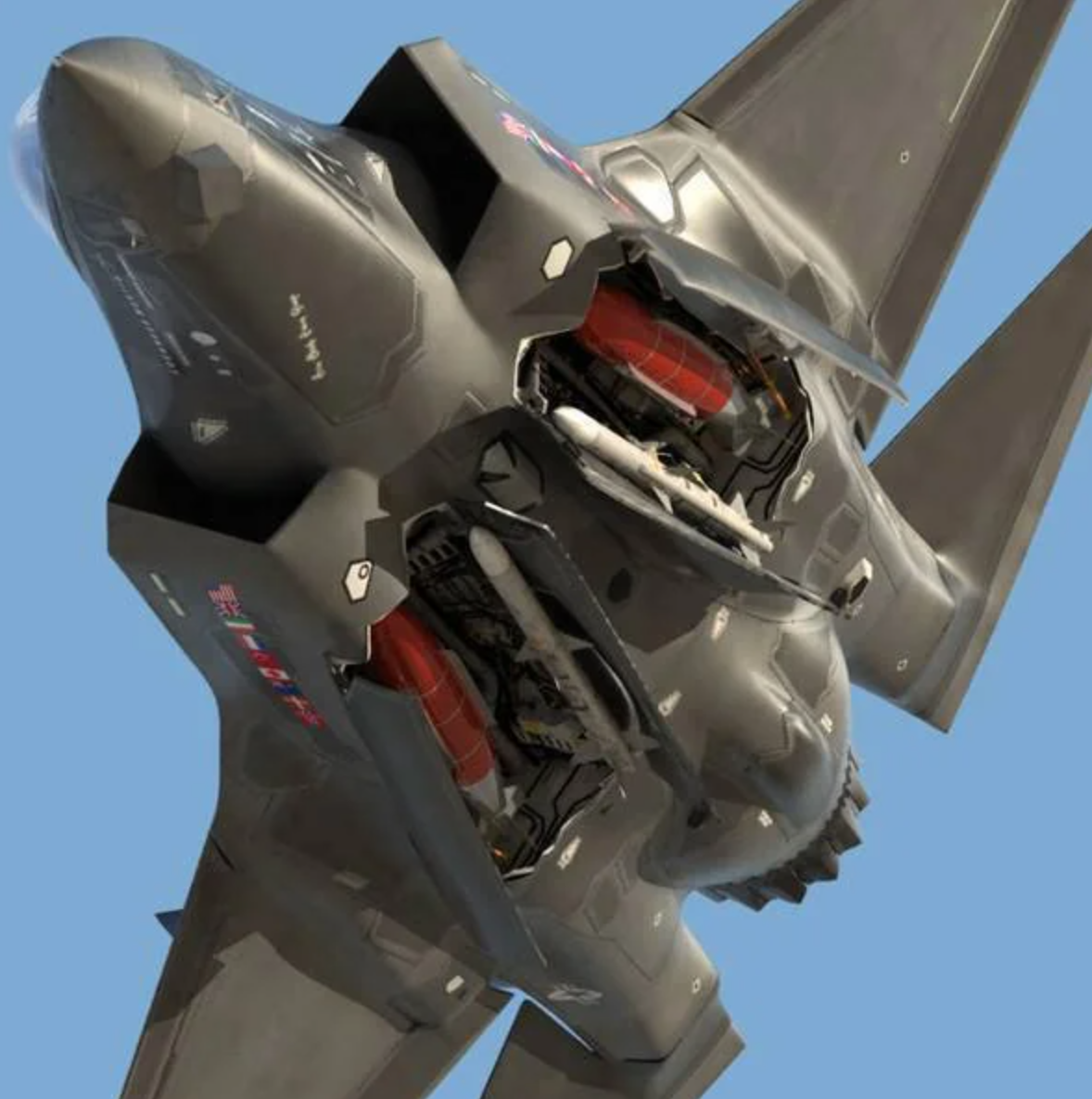 The F-35A is reaching large numbers of operational air frames, meaning a stealthy front line fighter is the new normal for western air forces. Source: Reddit
The F-35A is reaching large numbers of operational air frames, meaning a stealthy front line fighter is the new normal for western air forces. Source: Reddit
Into the Future. Airpower Teaming System & MALD.
Before we close out today’s article, we touch on one of the biggest evolution of air power seen in some time, by talking about the usage of drones, decoy’s and loyal wingman type weapons systems.
While decoys such as the ADM-160 MALD have been around for sometime, the integration of Artificial Intelligence and adaptation of modular payloads has lead to the design of systems like Boeing’s MQ-28 Ghost Bat, also known as the “Loyal Wingman”. These systems differ from the MALD in that they are larger platforms, capable of transitting to and from an area in partnership with systems like the F-35 using semi autonomous operation. Paired with the Ghost Bat’s ability for interchangable weapons and communication payloads, this gives the platform the ability to operate deep behind enemy lines. This means the Ghost Bat should maintain the capability to carry its own weapons and by maintaining distance from its F35-A escort gives the ability for weapons to be launched and cued using the Electro Optical Targeting System carried by F-35, without need to open its own weapons bay, negating its stealthy profile. Ghost Bat remains under development and testing by both the Australian and US governments, meaning that much of the information around this system remains classified or has not yet been released into the public domain.
However if usage of assets like the ADM-160 can give any indicator, its reasonable to assume that as the MQ-28 continues to undergo development, the evolution of Wild Weasel tactics and platforms will continue to develop with it.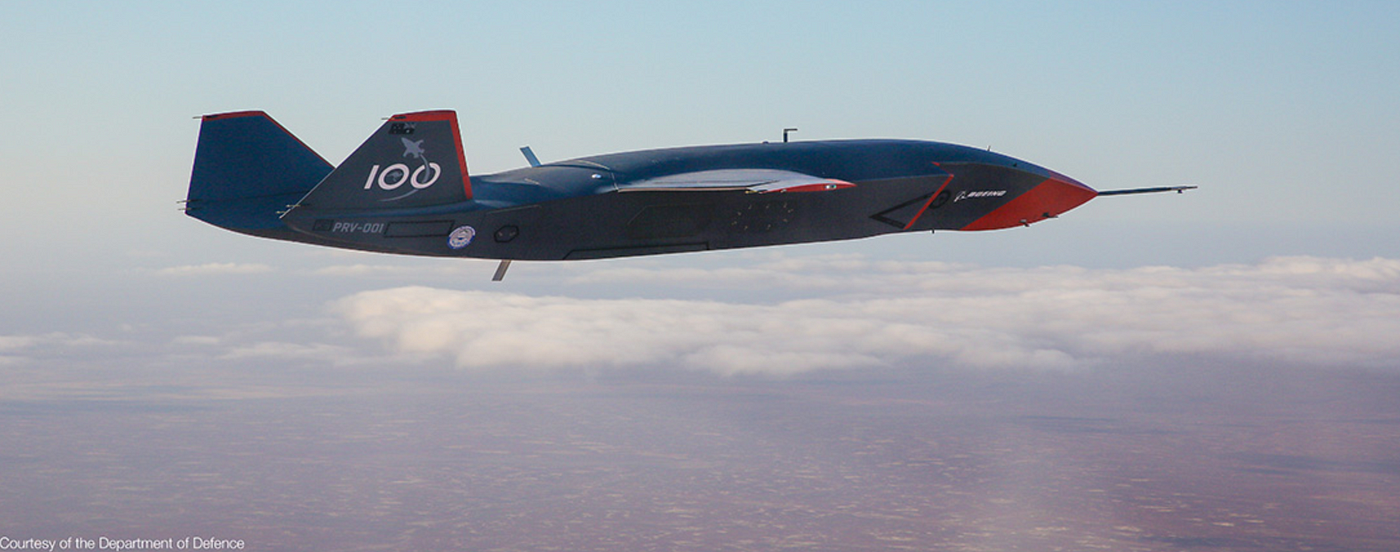 Boeing Australia’s MQ-28 Ghost Bat. The first Australian designed combat capable platform in some time. Source: Boeing Aus
Boeing Australia’s MQ-28 Ghost Bat. The first Australian designed combat capable platform in some time. Source: Boeing Aus
RAAF promotional video celebrating first flight. Source: Royal Australian Air Force
If you’d like to follow us on telegram you can do so here







































